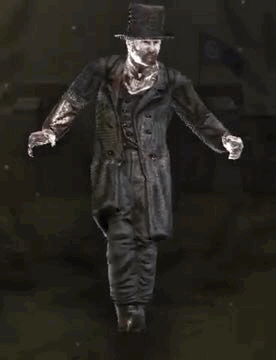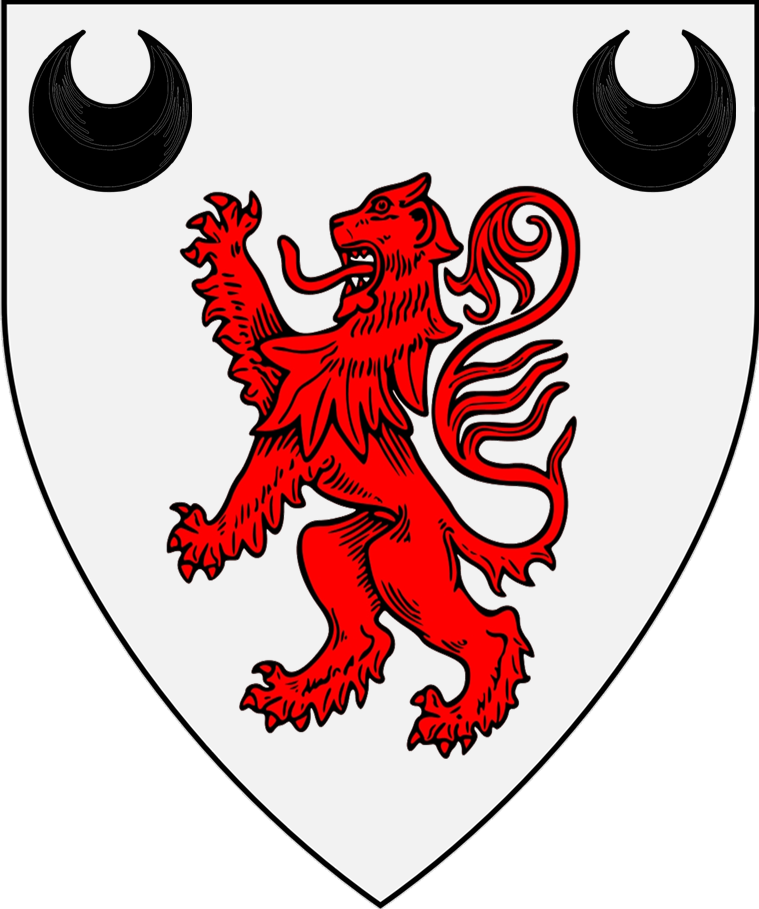

The ballet dancers in "Rite of Spring" made jerking movements and pounded the floor in so-called primitive, rather than graceful, ways. Song gave way, in the view of critics, to noise, even in modern dance. Some people see modernism as a rejection of the enlightenment's rational approach to reality, but others believed that aspects of moderism, such as abstraction, actually demand a higher level of rationality, but for contemporary audiences and critics, those fancy ideas didn't mean much because modern music sounded just like screeching and scratching. The term 'modernism' applies to the rejection or radical alteration of all that had come before in the arts and in thought. (Intro) So music, art, and dance in Europe had traditionally featured hummable and moving tunes, realistic depictions of graceful women and noble men, and the fluttering arms of (?~ 1:27)-like ballerinas moving ethereally across the stage, but by 1900, all that had changed with what is now called modern classical music, modern art, and modern dance. We often use terms like "art history" and "history of science" to separate out scientific and artistic pursuits from political and social history but if history is the story of how our species got to now, the histories of art and science and philosophy are essential to and inseparable from human history. The French were fighting within families and across society over the plight of Jewish colonel Alfred Dreyfus, who'd been convicted of espionage on the basis of fabricate evidence, and over the past few decades, anarchists had been assassinating heads of state and members of powerful families, including the Empress of Austria-Hungary, and we'll talk more about all those upheavals and the ways they affected 20th century Europe, but today, we want to turn to the arts and sciences and philosophical thought, all of which both shaped and were shaped by the big political and social events of the day. Russians were challenging royal rule in the Revolution of 1905. So the 20th century opened with feminists smashing store windows, the Irish were contesting British rule.

Hi, I'm John Green, and this is Crash Course: European History. Want to find Crash Course elsewhere on the internet? Pedroza, Matthew Curls, Indika Siriwardena, Avi Yashchin, Timothy J Kwist, Brian Thomas Gossett, Haixiang N/A Liu, Jonathan Zbikowski, Siobhan Sabino, Jennifer Killen, Nathan Catchings, Brandon Westmoreland, dorsey, Kenneth F Penttinen, Trevin Beattie, Erika & Alexa Saur, Justin Zingsheim, Jessica Wode, Tom Trval, Jason Saslow, Nathan Taylor, Khaled El Shalakany, SR Foxley, Sam Ferguson, Yasenia Cruz, Eric Koslow, Caleb Weeks, Tim Curwick, David Noe, Shawn Arnold, William McGraw, Andrei Krishkevich, Rachel Bright, Jirat, Ian Dundore
#Noblemen 1896 wiki free#
Thanks to the following patrons for their generous monthly contributions that help keep Crash Course free for everyone forever:Įric Prestemon, Sam Buck, Mark Brouwer, Efrain R. London: Bloomsbury, 2020.Ĭrash Course is on Patreon! You can support us directly by signing up at Europe in the Contemporary World since 1900. Making of the West: Peoples and Cultures. We'll look at changes in music and dance with Stravinsky's Rite of Spring, and explore the groundbreaking visual art of the Impressionists.

Today, we're looking at the dawn of modern science, and the rise of Modernism in the arts, especially in music, dance, and visual arts. Europe was in transition politically and culturally at the beginning of the 20th century.


 0 kommentar(er)
0 kommentar(er)
